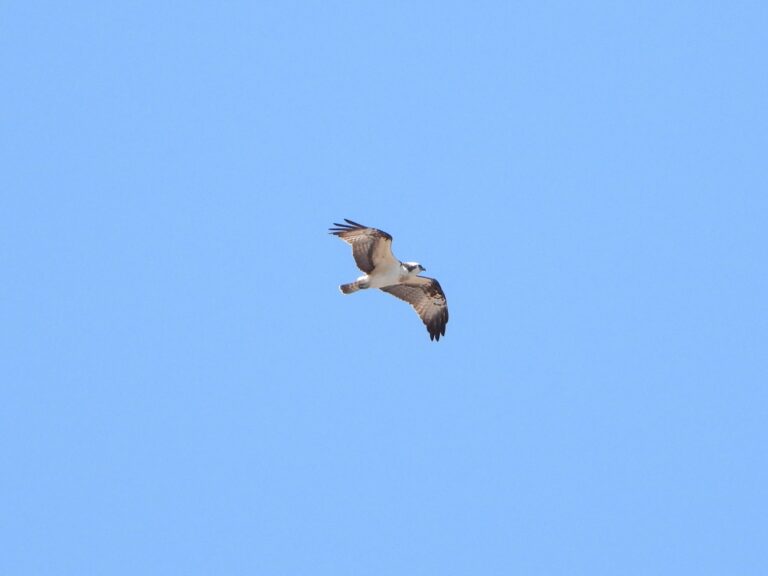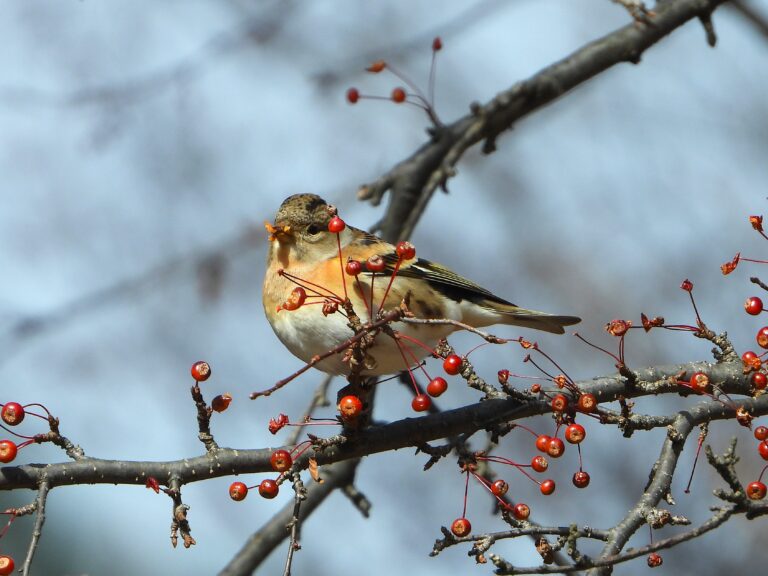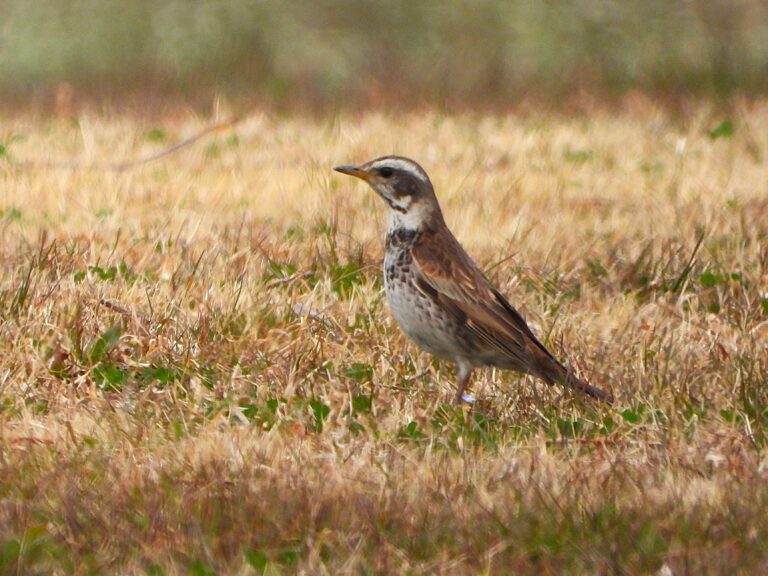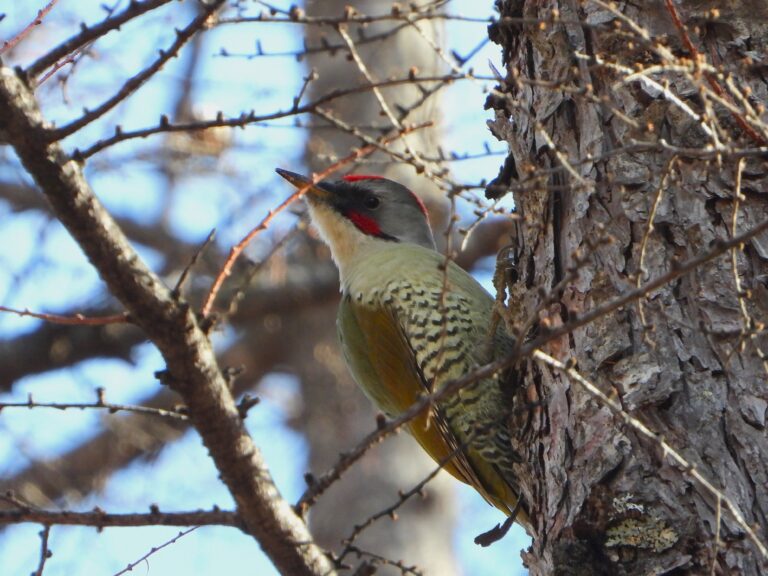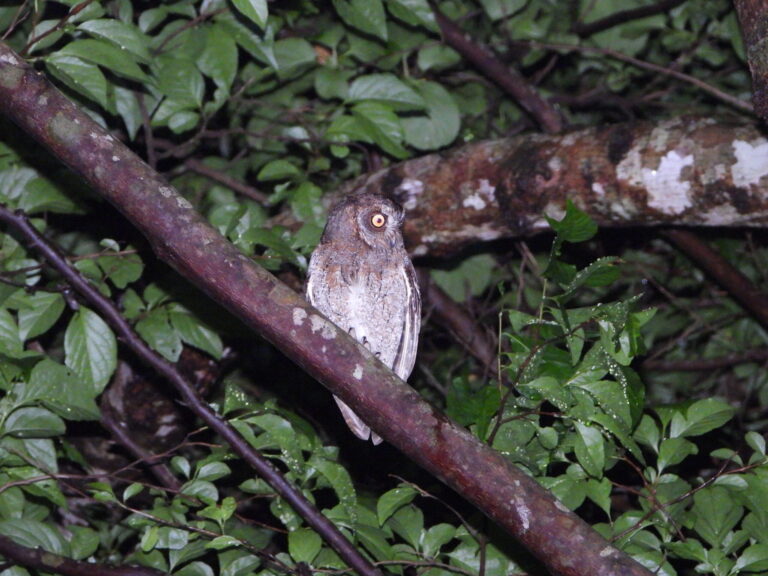Ryukyu Robin (Larvivora komadori) – Wildlife of Japan
Introduction
The Ryukyu Robin (Larvivora komadori) is a small forest bird found only in Japan’s southern islands, particularly the Amami and Tokara Islands. With its bright orange plumage and melodic song, it represents one of Japan’s most striking examples of island endemism. Formerly included in the genus Luscinia, genetic studies now place it in Larvivora alongside the Japanese Robin (L. akahige) and Okinawa Robin (L. namiyei). This species inhabits deep evergreen forests and is a highlight for birdwatchers exploring the subtropical Ryukyu region.
Appearance
The Ryukyu Robin measures around 14 cm in length. Males have vivid orange-red upperparts, a dark face and throat, and a white belly. Females are duller, lacking the dark facial markings, and show more brownish tones overall. The contrast between the fiery upperparts and pale underparts gives the bird an elegant yet conspicuous look in dim forest light. Its rounded body and upright posture resemble those of the European Robin, but the coloration is far more intense.
Habitat & Distribution
This species is endemic to Japan, occurring naturally only on the Amami and Tokara Islands. It inhabits mature evergreen broad-leaf forests, typically below 800 m in elevation. The birds prefer dense undergrowth and moist valleys with abundant leaf litter, where they can forage safely.
A closely related form, formerly considered a subspecies (L. k. namiyei), occurs on Okinawa Island but is now treated as a separate species, the Okinawa Robin (Larvivora namiyei).
Because the Ryukyu Robin depends on undisturbed forest interiors, deforestation and invasive predators are major threats to its survival.
Where to See in Japan
The best places to observe the Ryukyu Robin are in the Amami Islands, particularly Amami Ōshima and Tokunoshima. Early morning walks along shaded forest trails give the best chance to hear its clear, whistling song echoing through the trees. The species often hops along the forest floor or low branches, rarely venturing into open spaces. Birdwatchers should move quietly and listen carefully—its song usually reveals its presence before it is seen.
Behavior
The Ryukyu Robin spends most of its time on or near the ground, hopping between fallen leaves and probing for insects. It is solitary or found in pairs, maintaining small territories within the forest. Males sing loudly during the breeding season, producing clear and melodious notes that carry far through the dense vegetation. Unlike many robins, it seldom perches in the open, relying on camouflage and stillness to avoid detection.
Diet
This bird feeds primarily on insects, spiders, and other small invertebrates found in the leaf litter. It uses short hops and quick pecks to pick prey from the ground. Its insectivorous diet plays an important ecological role by controlling forest invertebrate populations. Seasonal shifts in prey abundance may influence its activity patterns, though detailed studies remain limited.
Reproduction
Nesting occurs in spring and early summer. The species uses cavities in tree trunks, roots, or rock crevices to hide its nest, which is made of moss and dry leaves. Both parents are believed to share chick-rearing duties, though field data are limited. Because it nests close to the ground, the species is vulnerable to invasive predators such as rats, cats, and mongooses.
Conservation
According to BirdLife International, the Ryukyu Robin is listed as Near Threatened (NT) due to its restricted range and habitat loss. Large areas of evergreen forest on the Amami Islands have been fragmented by logging and road construction, reducing available breeding sites. Conservation programs focusing on forest restoration and predator control—particularly mongoose eradication—are critical for the species’ long-term survival. Protecting intact island forests will also benefit many other rare Ryukyu endemics.
Author’s Impression
Encountering the Ryukyu Robin is a magical experience. I remember hearing its pure, bell-like call echoing through the dark Amami forest before finally spotting the bird—its orange plumage glowing softly in the green shade. It’s one of those moments that makes you realize how unique Japan’s island wildlife truly is.
Interestingly, the Ryukyu Robin and the Japanese Robin (Larvivora akahige) have their Japanese and scientific names reversed — komadori means “Japanese Robin” in Japanese, while akahige (meaning “red beard”) actually refers to this Ryukyu species. It’s a charming twist in taxonomy that shows how the history of naming can be as fascinating as the birds themselves.
If you ever walk the quiet forest trails of Amami Ōshima, listen carefully—the Ryukyu Robin might be singing nearby, hidden among the leave


